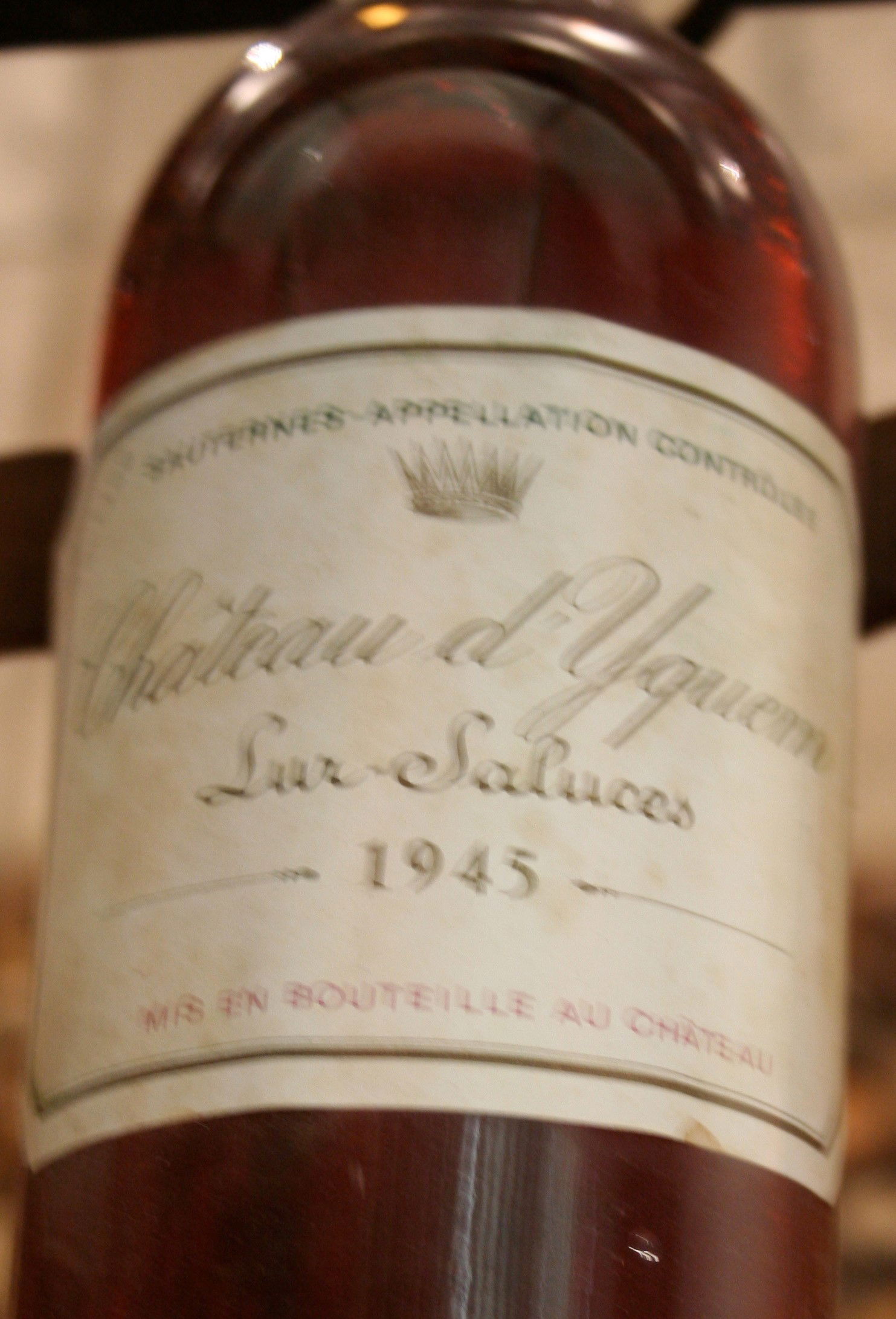Sugar Levels vs Alcohol
Sugar Levels vs Alcohol is an old wine making debate. The grape inherently has a certain amount of sugar that the winemaker can ferment and turn into alcohol through the action of yeast. The longer the fermentation goes on, the lower the sugar and the greater the alcohol. Think of it as a see saw. This makes for an interesting dilemma for the winemaker: how much sugar to leave or how much alcohol is best? Wine making styles, both individual and regional, the grape used further complicate generalizations. Depending on the grape variety, where it was grown (receiving more or less sun), how long it was left on the vine etc etc etc. There are a myriad of factors at play making the process very interesting and very complicated.
A wine maker is dealing with more variables than a chef and there is more on the line with every decision they make. A chef gambles one meal at a time; the winemaker is playing with the whole "house" every day. Plus this stress goes on continuously throughout the year as they are involved in such decisions as the trellising used and whether to severely prune to let in more sun or less depending on the weather and so on. At first in sounded so romantic and then I looked at the salaries versus the levels of stress. It did not compute? I digress. But the most important decision for sugar levels in the grapes at harvest is the decision of when to pick the grapes ...that is a more of a gamble the more capricious the weather of your region. Bordeaux, for example, has found ways to adjust the wine if they had edgy weather but it is frankly, in that regard, generally a bit easier to make wine in California. I further discuss this issue in my blog post.
Helping Mother Nature
Wines also are made sweeter through the addition of sugars. Sometimes it is because the grapes in a bad year beg for it. Sometimes the public, having been now accustomed to the modern diet, demands that sweetness. The French allow winemakers to add, in a bad year, measured amounts of even sucrose from they ferment it out. The idea is to allow them to make a stronger wine in both alcohol and body in a bad year. California does not allow that but allows the addition of fructose (fruit sugar) generally even to create a flavor profile. Same difference?
Brix as an Expression of Potential Alcohol
One way to express the potential alcohol in a wine is a measurement called degrees brix. It looks at the grams of sugar, both glucose and fructose, contained in 100 grams of the total juice. Then you multiply the brix times a factor of .55 - .60 (generally .60 is used for white wines fermented at colder temperatures) and you arrive at the potential alcohol of the wine. For example, in 2013 the average brix of chardonnays harvested in California was 23.8 degrees. Since most Chardonnay today is cold fermented, we have .60 x 23.8 or 14.28 % potential alcohol. That doesn’t mean that the winemaker is going to make a wine with 14.28% but he could. The price he pays is that he has to ferment to total dryness or centrifuge so alcohol out. Below is how our sample chart of whites by varietal by potential sweetness in the grape.
Examples of Brix for Some White Wine Varieties
For the year 2013, California state averages, a Chenin Blanc was potentially the driest and Viognier was potentially the sweetest grape. I emphasize that that was for 2013 only!
Varietal | Brix |
Chenin Blanc | 20.1 |
Riesling | 21.9 |
Malvasia | 21.4 |
Semillon | 22.1 |
Pinot Gris/Pinot Grigio | 22.5 |
Sauvignon Blanc/Fume Blanc | 23.0 |
Gewurztraminer | 23.6 |
Chardonnay | 23.8 |
Viognier | 25.4 |
I go into the topic of sweetness/dryness in more depth in my blog post, "Which White Wine is Sweet or Dry?"
Botrytis

Leading to this Nectar of the Gods
